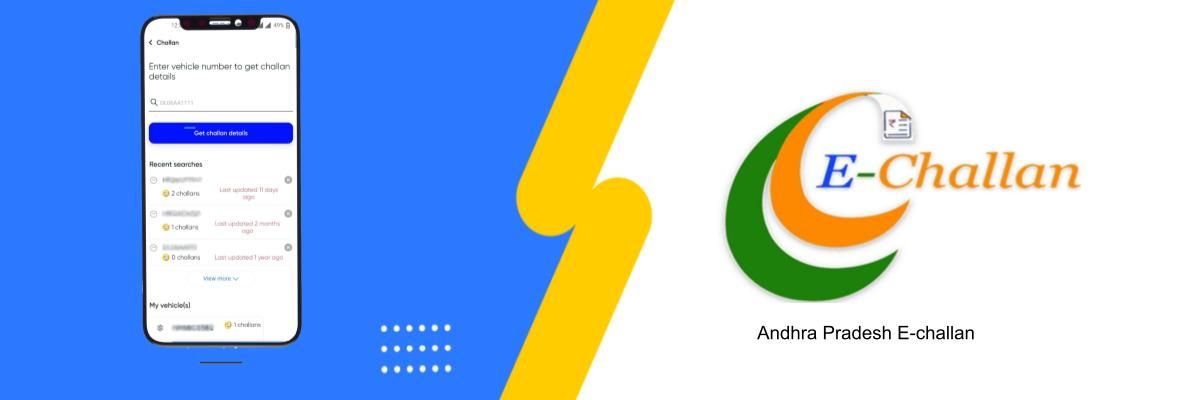

The Motor vehicles Act, introduced in 1988, was put in place to ensure that the country's transportation system runs efficiently. The traffic police challan was intended to ensure that a driver does not violate any rules while aprotectingother drivers on the road.
With the advent of technology, the challan system has transformed and gone digital. Now, traffic police e challan is issued digitally and served using the Electronic Challan System. It includes information about the payer, receiver, payment reason, payment date, bank name, etc.
Traffic offenders can now settle e-challans online or offline. Corruption is no longer a viable option owing to the e-challan system, which negates the need for monetary transactions. When traffic cops apprehend a traffic violation, they can use the swiping machines that allow them to issue a printed challan on the spot.
In addition, the e-challan creates a real-time record in the traffic police server of the offence. E-challan makes the challan payment process more simple, convenient and transparent as the traffic fine is gathered on the spot with an online payment option. The offender receives a printout confirming payment of the fine.
ITomonitor and control traffic on the roads, CCTV cameras are installed on the roadways that consistently capture traffic footage. If a person is guilty of breaching traffic regulations, the police will use video evidence to catch the ooffenceand document it in their database.
The RTO obtains information such as the offender's name, address, contact information, and the make and model of their vehicle. Once the information is collected, an SMS is sent to the violator, notifying them of the violation and the associated fine.
One can pay the penalty at the local traffic police station in tlose vicinity. If someone is caught breaking a traffic law, he can ask the traffic cop for a list of all pending fines and pay them all at once. Complete information is stored on the devices that the traffic officers carry. So, iifsomeone is a repeat offender or hasn't paid his debts, he nmustpay the dues and follow traffic rules.
Using the Parivahan website:
Type in your Challan, Vehicle, or Driver's License number. Then select 'Get Details' after entering the Captcha code.
A confirmation will be received along with the transaction ID once the process has been completed successfully.
Different states iave their challan payment gateways to help with online payment of challans.
E- Challan status can be checked in a few simple steps using pthe ark+ website
Challan status can be viewed on the next page.
Online e-challan and digital payment receipts help save paper.
The administration has simplified and digitized the entire challan process, making it smore straightforwardfor both the traffic department and violators to pay fines. In any case, one must follow the rules to avoid paying traffic fines.